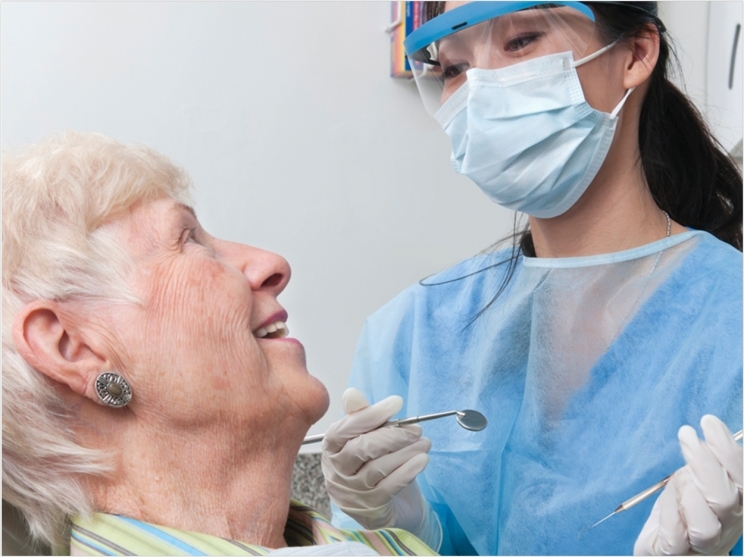
Primary care postgraduate dental training programs supported by competitive Health Resources and Service Administration (HRSA) grant funding play a significant role in providing care to underserved populations, according to a study from the Oral Health Workforce Research Center (OHWRC) at the University at Albany’s Center for Health Workforce Studies.
For example, clinicians who completed these training programs reported a strong commitment to treating publicly insured patients (63%), to treating patients with special health needs (53%), to working in a medically underserved area (43%) or dental health professional shortage area (30%), and to working in dental education (28%).
Among clinically active dentists, the average proportion of patients with public insurance (45.9%) exceeded the average proportion of patients with private insurance (44.2%). Plus, more than half of the respondents usually or always have conducted tobacco and nutritional counseling, while one in three usually or always screen for alcohol and substance abuse.
“While this research is limited to a subset of HRSA’s overall investments, the study clearly shows the impact of federal funding on building institutional capacity to produce a sufficient dental workforce to meet the demand in primary care dentistry,” said OHWRC investigator Elizabeth Mertz. “The graduates of these programs are contributing in large measure to the oral healthcare of vulnerable and underserved patients in the US.”
The study, “Practice Patterns of Postgraduate Dental Residency Completers From Select Long-Term HRSA-Funded Primary Dental Care Training Programs,” was published by the Center for Health Workforce Studies.
Related Articles
Patterson Foundation Awards $187,460 in Grants
Smile Drive Reaches 2 Million Milestone
Clinic Expands to Treat 10,000 Otherwise Underserved Patients a Year











